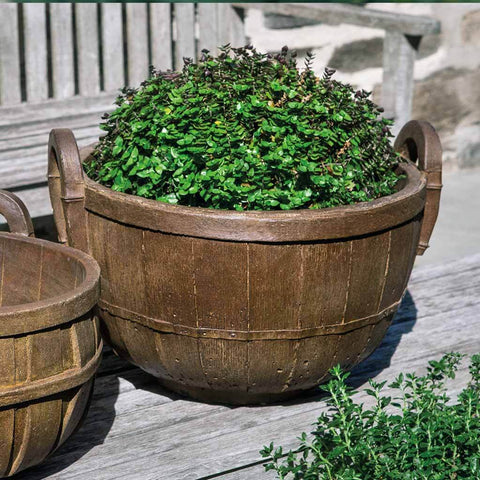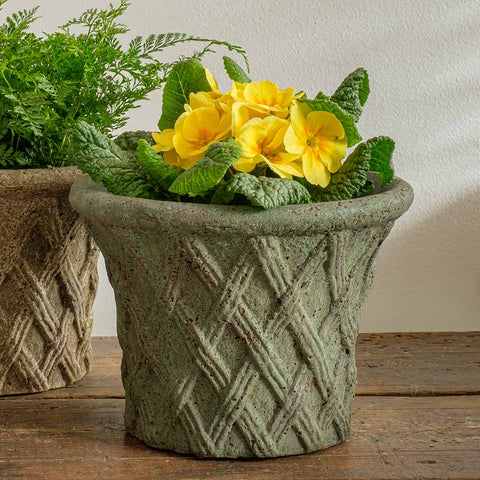Tips from the Potting Table: Mulch
Much to do about Mulch
One of the most important parts of a successful garden is mulch. Over the past twenty-some-odd years, there have been new trends in the garden industry surrounding what types of mulch to use. This has complicated the whole planting process by adding more confusion for the everyday gardener. Just like potting soil and topsoil, keep it simple.
The essence of gardening is that plants are simple and going with your instinct usually is the best bet.
There are tons of types of mulch on the market but before we get into those details we have to talk about trees. Those ever so important giants protect us and provide for us in the most basic scientific ways. Oaks and Maples are examples of trees that grow slowly and varieties can be found all over the United States. The Cypress trees, which are native to the southern United States that also grow slowly, have been used as a mulch. The market for Cypress mulch has shifted as it is harder to come by.

Then we have the pioneer trees. These trees are special, because after an area is cleared, cut, or burned, they are the first to arrive and grow quickly. One variety that we all know of is the Pine tree. The Pine, like the Oak, can be found all over the United States in different species. This amazing tree grows quickly and produces a strong wood that we use for building our homes and other outdoor structures. The manufacturing process produces several versions of mulch as a by-product. The use of this phenomenal tree is a sustainable process.
Pine is a building material and it is also a great material for mulch. We can find it on the market as straw bales, crushed pine needles, and bark. Each of these versions breaks down or decomposes in the garden bed at different rates of time.

For example, an annual bed that needs to be planted every three months, crushed pine needle mulch is ideal. In the warmer planting zones of about 6 to 10, the crushed pine needle mulch will break down into the soil in about 6 weeks. This is a perfect visual reminder that it's time for a change and to freshen the bed. As a counter-example, the pine straw is perfect for nestling in those tender perennials for the winter in the colder zones before the first freeze. If you are a bulb lover, a nice combination of crushed pine straw and a top layer of pine needles will give your Daffodils and Tulips the right winter slumber.

Pine bark mulch, is my personal favorite when it comes to happy plants, especially new plantings. Mix one bag of pine bark mulch with 2 bags of topsoil for an amazing soil conditioner. This end result is fuller happier plants that retain more of the natural water and nutrients from the bed you made.
GOOD DIRT SHOULD HAVE ALL THE NUTRIENTS A PLANT NEEDS TO GROW. (SAME FOR MULCH)
Get the natural mulch, stay away from mulches containing any dies or additives. Generally, this mulch has come from the least favorable parts of the manufacturing process and they have to do something to it to make you want to buy it. Save your money and your plants will thank you. Mulch should not last more than a few months in the garden because it needs to decompose to work. Mulch contains the Nitrogen, Phosphorus, and Potassium that plants need for healthy growth, all the same elements found in over-the-counter fertilizers. In essence, mulch is the best all-natural fertilizer that protects your plants, helps maintain moisture balance, and helps keep the garden beds weed-free.
Planters with the Final Touch!

Not all of us are the get down in the dirt gardeners and thats okay! Planters are an easy way to have a little bit of greenery with out the fuss. By simply adding one to an entryway or tabletop, planters add that bit of happiness to any space. Once you get your planter all fixed up for the season, add mulch to the top. This adds a nice look to the final display while giving the same benefits as in the garden, maintaining moisture, and providing nutrition.
Favorite Spring Planters:


The rustic charm of the Campania International Apple Basket Large Planter gives a look of an aged farm piece, but has the life time value of cast stone. A great planter for a garden with a modern farmhouse style.























Leave a comment